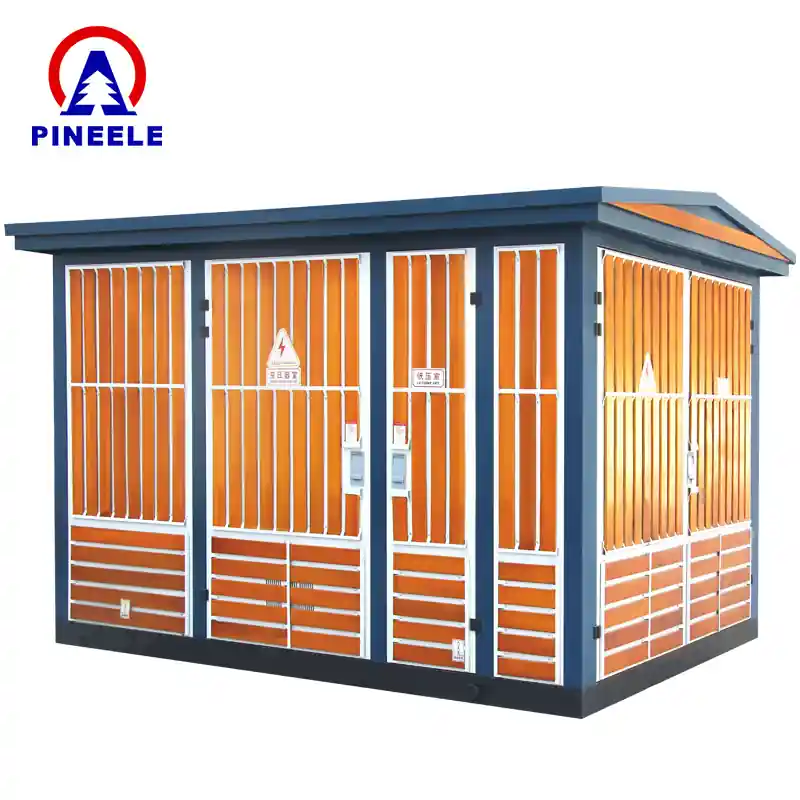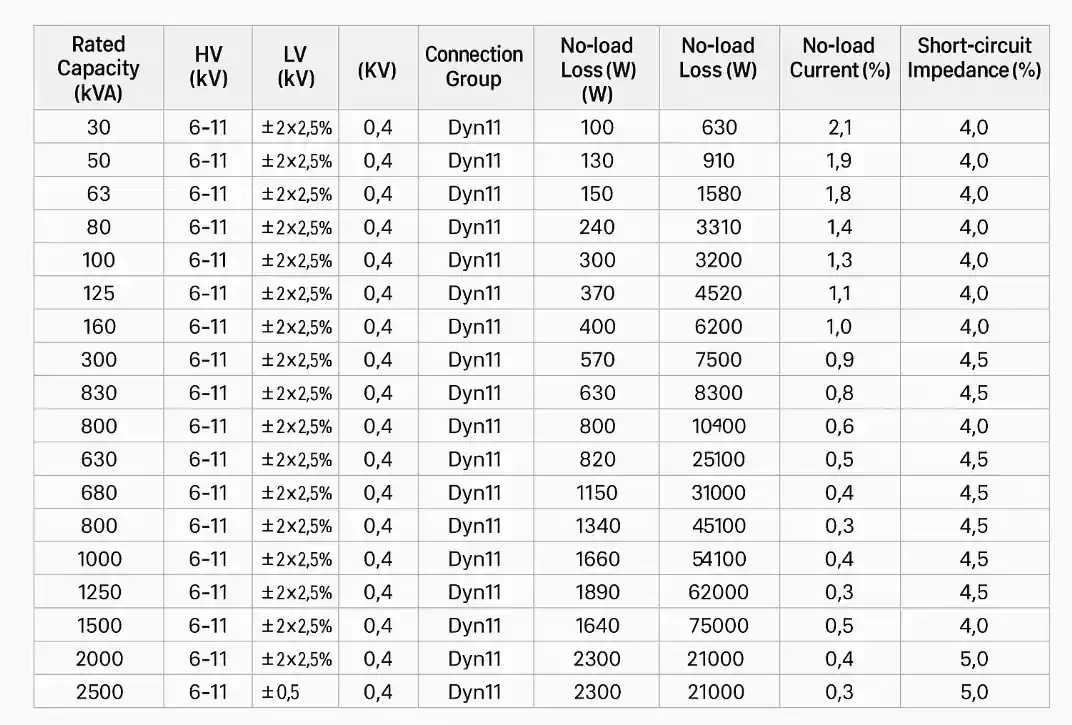“Compact substations and traditional substations are two distinct types of electrical infrastructure used to distribute and transform electrical power. The key differences lie in their design, functionality, and applications. Compact substations are smaller, modular, and more efficient, making them ideal for urban areas and renovation projects. Traditional substations, on the other hand, are larger and more complex, often used in industrial settings and new construction projects. Understanding these differences is crucial for selecting the right solution for your electrical needs and ensuring reliable power distribution.”

“Discover the key differences between compact substations and traditional substations. Compact substations are designed for smaller-scale power distribution, offering reduced footprint, lower costs, and faster installation. In contrast, traditional substations are larger, more complex, and better suited for high-capacity power transmission. Explore the pros and cons of each option to determine which is best for your specific power needs. From industrial applications to residential developments, understanding the distinctions between compact and traditional substations is crucial for efficient and reliable power management.”



